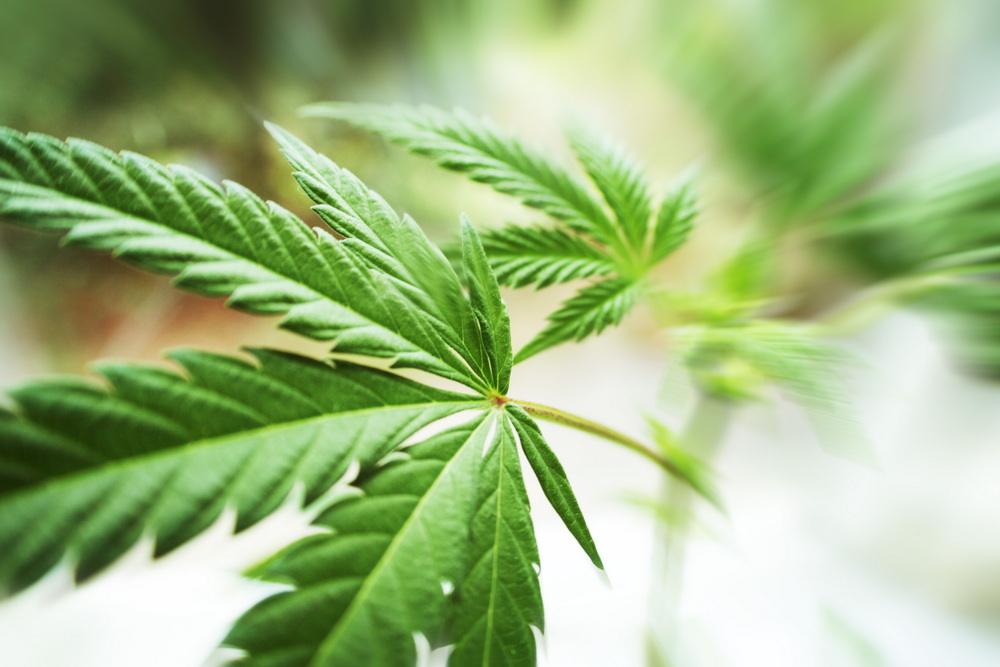Blood tube sealing is a critical step in the process of collecting, transporting, and analyzing blood samples. This process helps ensure that no contaminants enter the sample while it is being processed and analyzed.
In order to maximize the efficacy and accuracy of this process, it is important to optimize the sealing procedure. By optimizing your blood tube sealing process you can ensure accurate results are achieved while protecting the integrity of your laboratories operations.
To ensure blood samples are sealed safely and securely, a blood tube sealer is an essential piece of equipment. There are several different types of blood tube sealers and it is important to pick the right one for your particular process. It is also important to optimize your blood tube sealing process by following some basic guidelines.
Here are some tips for optimizing your blood tube sealing process.
Start with a good sealer.
A quality blood tube sealer can make a huge difference in the performance of your process. Investing in a reliable and durable sealer will help ensure that your tubes are securely sealed each time, reducing the chances of breakage or leakage.
Make sure you are using the correct blood tube sealer for your blood samples.
Different blood sealers provide different levels of sealing efficiency and can be used for a variety of blood tubes. For example, a thermal blood tube sealer is recommended when working with polypropylene or polyurethane blood tubes as it provides the highest level of sealing accuracy and reliability.
Blood tube sealers should be calibrated correctly.
Proper calibration will provide consistent sealing results and ensure blood samples are safely and securely sealed. In addition, regular maintenance of blood tube sealers is necessary to maintain their performance and accuracy.
Make sure that the blood tubes are clean before sealing them.
This will help to prevent contamination of blood samples and ensure that the blood tube sealer is working correctly. It is also important to pay attention to the sealing temperature when using blood tube sealers, as temperatures that are too high or too low can affect the quality of the seals.
Keep accurate records of all sealed blood samples.
It is important to keep accurate records of all sealed blood samples. This includes keeping track of when each sample was collected, how much time passed before it was sealed, what type of seal was used, and any other pertinent information you can gather from the sealing process. By maintaining a log of sealed samples you can easily identify any potential issues or discrepancies in the future.
Streamline your workflow.
Keeping your blood tube sealing process organized can help make sure everything runs smoothly. Consider implementing a standard operating procedure (SOP) outlining the steps and tasks necessary to complete the process.
By following these basic guidelines, you can optimize your blood tube sealing process and ensure blood samples are sealed securely and accurately. Having the right blood tube sealer, maintaining it properly, and paying attention to the details will help you get the most out of your blood sample sealing process.









